|
Below is some of the best info on harvesting grains with a scythe, that I've ever come across. It's three videos that I discovered on YouTube. Part 1 - In the video above, some old-timers get together to demonstrate how they used to harvest grain in the old-days. At 3:00 and 3:54, notice the type of grain-cradle that is used with the "Austrian" scythe. Also notice at 3:14, that he is mowing, what I call "into the wall" with each stroke. The cut stems are gathered and pressed against the standing stems by the grain-cradle, to help them stay in line. This makes it easier to gather into uniform sheaves. Part 2 - The mowing, and the gathering of the sheaves continues in this video. To tie a bundle of sheaves, the rope is wrapped tightly around the bundle, and then the rope ends are twisted twice, and then tucked under. This makes it easy to release the cord, from the sheave, when it's time to thresh the grain. A more vigorous mower continues the demonstration. At 2:36 the mower stops and switches direction, to show what happens when you mow "away from the wall". The cut stems don't line up as well, and it it becomes more time consuming for the bundlers. Notice how many people it takes to bundle, and gather up the sheaves, following just one mower with a scythe. A second scythe joins the demo later, and the two keep a lot of people busy making the sheaves. Another good view of the grain cradle at 9:00. Part 3 - Demonstration day continues with threshing the sheaves of wheat. The sheaves are untied and spread out on a threshing floor, so that all the grain heads are pointing into the middle. Then the threshers beat the grain heads with their flails, to shake loose the grain. As a group, they get a nice rhythm going. Meanwhile at 3:10 there is a demonstration on how they make the ropes, that the sheaves were tied with in the field. Back to the threshing at 4:59. When done threshing, the straw is raked aside, and then the threshed grain is scooped up with shovels. At 5:49 the grain is next poured through a sieve (to remove the broken bits of straw), and into a large winnowing basket. At 6:00, notice how quickly and effectively the grain is winnowed in the breeze, using a large traditional winnowing basket. "Sauber!", the winnower declares, 18 seconds later (Clean!). See if you can do it that fast, pouring the grain between two buckets! A round of well-deserved applause follows. I really appreciate that these farmers took the time to share their knowledge and skill. I am also very grateful to the person that documented it, and posted it on YouTube. Through the wonders of the internet, this info can be quickly spread far and wide. The Traditional Winnowing Basket 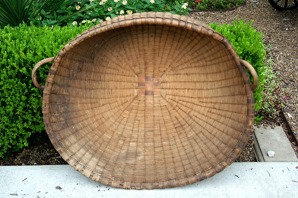 Pictured at left, is a fine example of a traditional winnowing basket, very similar to the one that was used in the video above. The basket photos are courtesy of French Metro Antiques in Fayetteville, Arkansas. It's a 19th Century winnowing basket from Normandy. It used to be in their store. You could consult your local basket maker, to see if they can make one for you. See the close-up photos in the gallery below for construction ideas. This basket is 41 inches long, 34 inches wide, and 10 inches deep in back, and tapering to the front. The whole basket is shaped like a clam shell.
3 Comments
6/3/2010 06:46:35 am
Great collection of videos... something I'd like to try... and really greatful that you have taken it a step further and put them together on one page after searching for them. Was really great to watch all these.
Reply
Leigh Waltz
6/27/2010 11:02:04 am
Very useful! I scrutinized the "catcher" part of their scythe and copied it to attach to my Marugg snath carrying a Jokele blade. I think the old guy was right to cut "out of the wall." the guy with the "into the wall" cut is making his binder, "Erika," move the wheat twice instead of once. My wife wouldn't let me cut into the wall!!
Reply
7/2/2010 07:57:51 pm
Heres another youtube video does have bad example of mowing (bent over lots) but more on harvesting with horses in briton, quite nice though.
Reply
Your comment will be posted after it is approved.
Leave a Reply. |
Botan AndersonArchives
March 2023
Categories
All
|
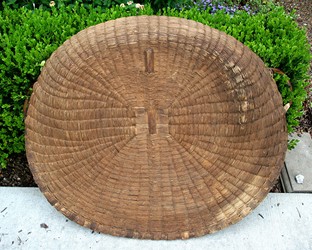
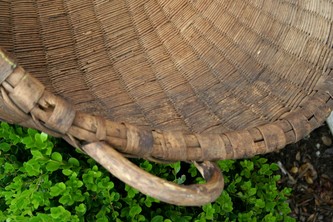

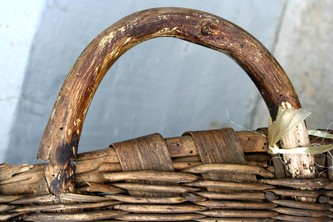
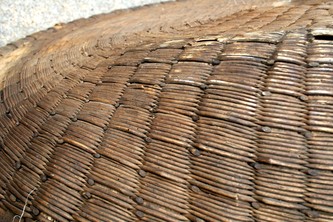
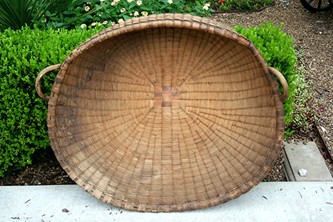
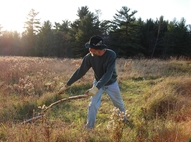
 RSS Feed
RSS Feed